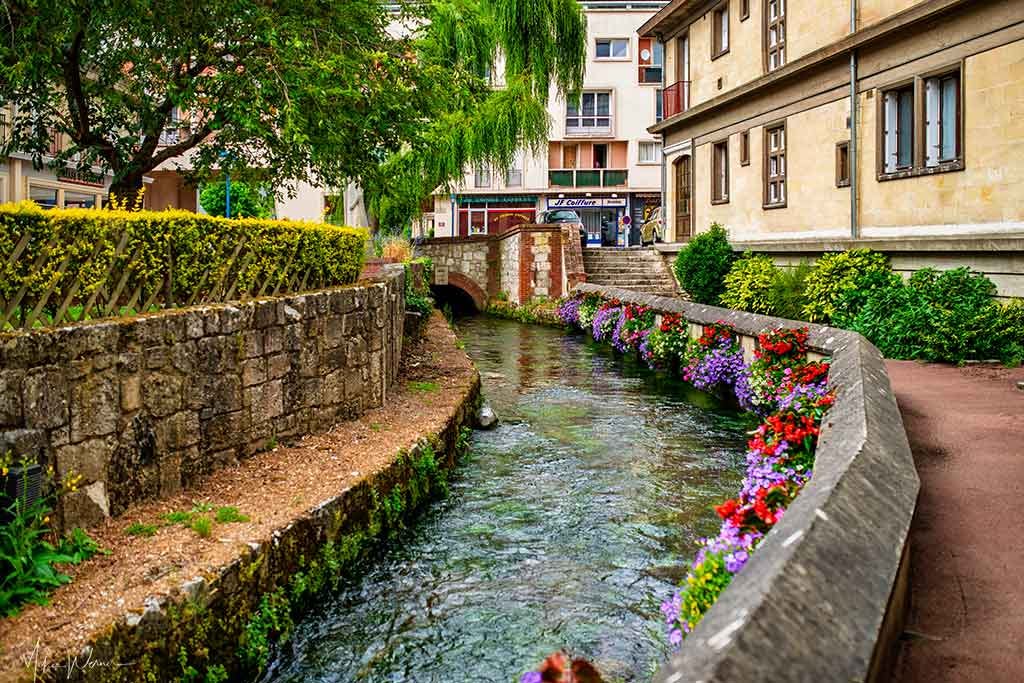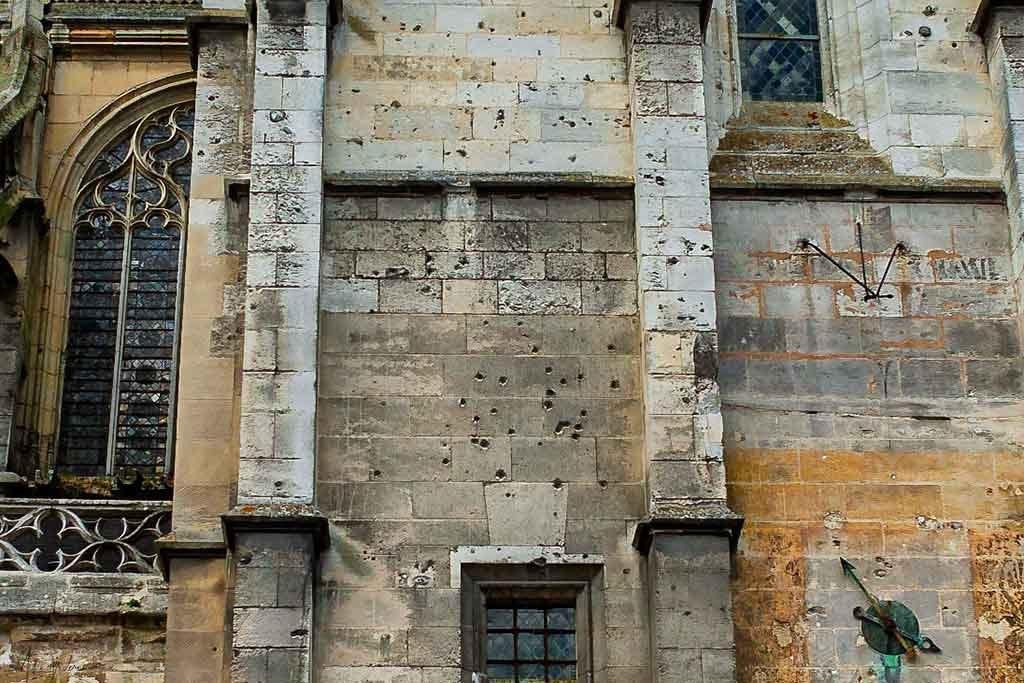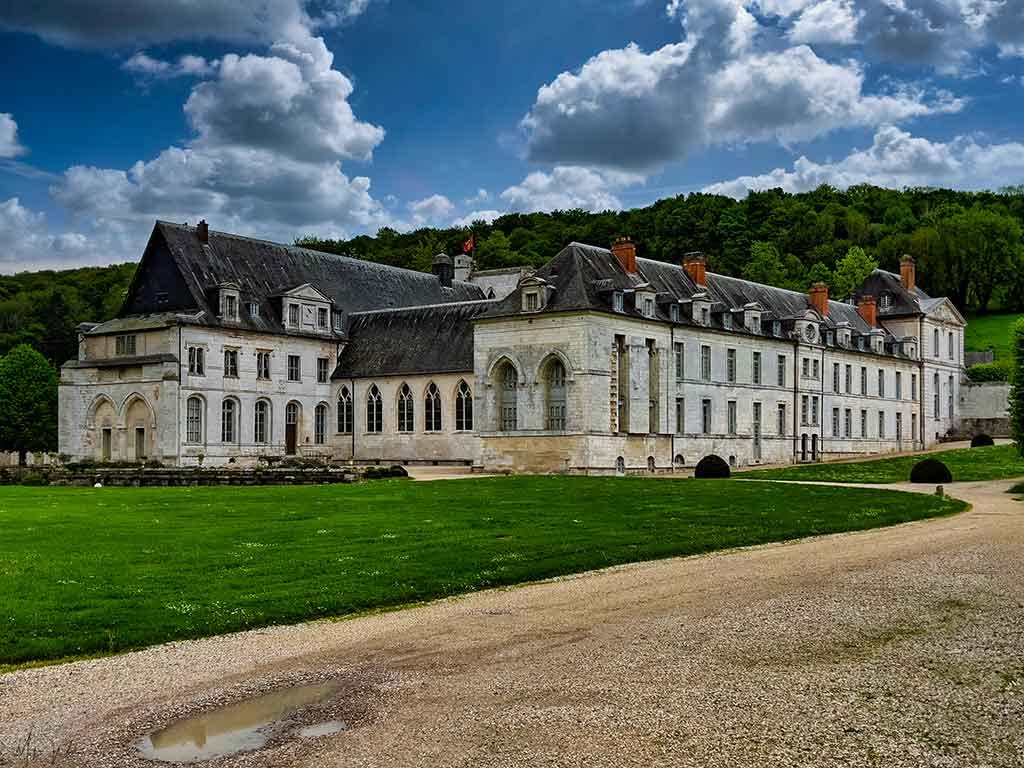Caudebec-en-Caux, now part of Rives-en-Seine since the 2016 merger with Saint-Wandrille-Rançon and Villequier, is a historically rich town located on the right bank of the Seine River in Normandy, between Rouen and Le Havre. It has long been a significant site due to its strategic location on a wide bend of the river, which supported its development as a river port and trading center since antiquity.
Click here to see where Caudebec-en-Caux/Rives-en-Seine is located on Google Maps.


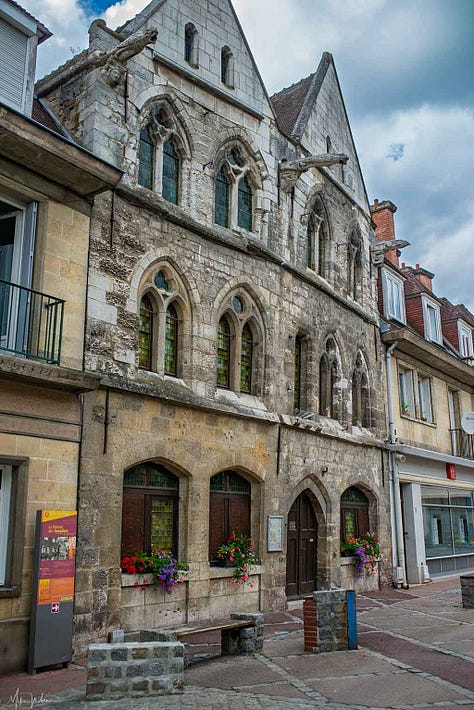
Evidence of Roman-era settlement exists in the area, but it was in the medieval period that Caudebec-en-Caux gained prominence. During the 12th and 13th centuries, the town was active in the context of religious, commercial, and military networks, and it is during this period that the presence of the Knights Templar is recorded in the region. The Templars had commanderies (military-religious estates) throughout Normandy, including sites near or within the broader Caudebec area. While direct physical remnants in the town center are scarce, documentary traces show that the Templars owned lands and had administrative and possibly religious functions nearby. Their influence would have been tied to landholding, resource management, and local governance, often working in tandem with the nobility and ecclesiastical institutions.
Following the suppression of the Templars in the early 14th century by the French Crown, much of their property passed to the Knights Hospitaller, as was the case elsewhere in France. These transitions are part of the broader historical fabric of the town’s religious and feudal structure, which also included monastic institutions like the nearby Benedictine abbey of Saint-Wandrille.
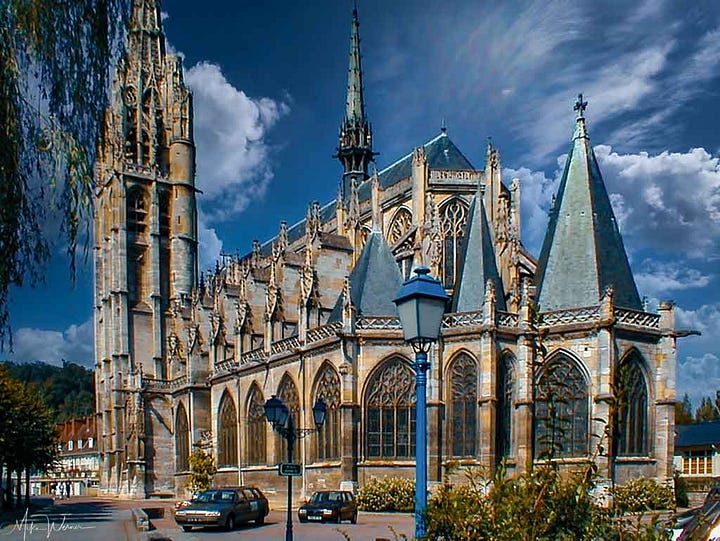
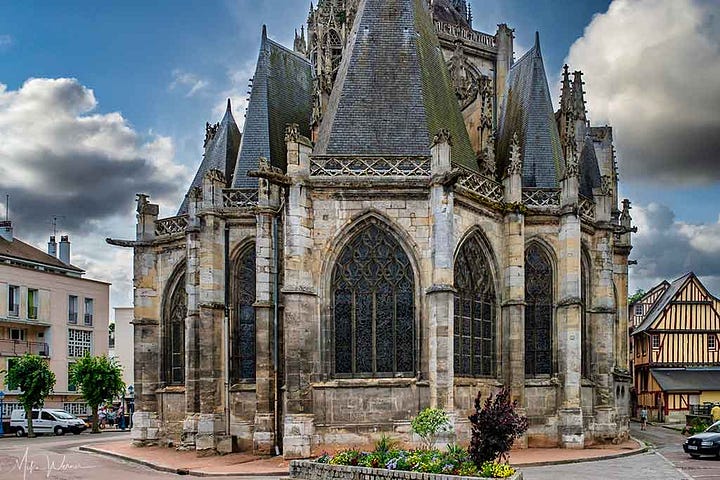
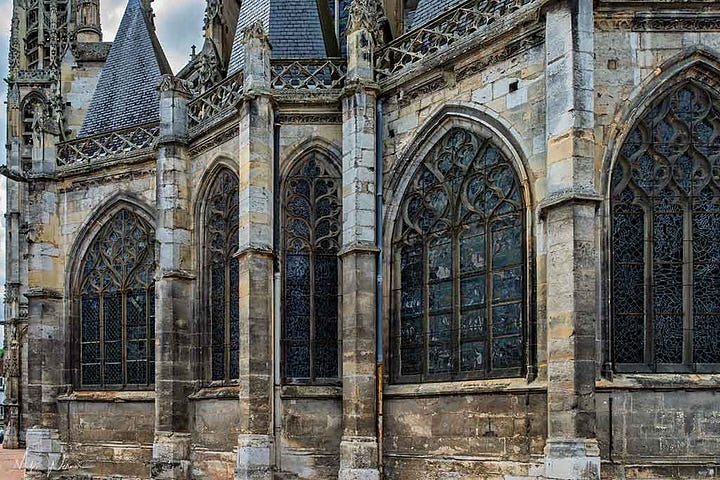

Caudebec-en-Caux retained its importance throughout the later Middle Ages and into the Renaissance. The town boasts the Church of Notre-Dame, built mainly between the 15th and 16th centuries, which is among the most exquisite examples of Flamboyant Gothic architecture in Normandy. Its intricate façade, delicate stone tracery, and remarkable stained glass windows reflect the town’s prosperity during that period.
NOTE: During the Second World War, Caudebec-en-Caux was the site of intense fighting between German forces and the advancing Allied troops, particularly during the summer of 1944 as the Allies pushed eastward following the D-Day landings. The town, positioned strategically on the right bank of the Seine, became a focal point in the German defense line, and the surrounding area witnessed significant bombardments and clashes.
The Church of Notre-Dame was severely damaged during the conflict. Though it survived the war, it still bears visible scars from the fighting—shell impacts, missing or damaged sections of its intricate stonework, and repairs in the masonry that contrast with the original Gothic fabric. The bell tower and parts of the nave were especially affected by artillery fire and aerial bombing. Restoration efforts began shortly after the war, but the traces of the battle were deliberately left visible in some areas as a testament to what the building and the town endured.
The destruction in Caudebec was not limited to the church. Many buildings in the town center were either damaged or destroyed, and civilians suffered both displacement and loss. The scars left on the Church of Notre-Dame serve not only as a reminder of the violence of the Liberation but also as a symbol of resilience, preserving the memory of a town that endured war while holding onto its heritage.
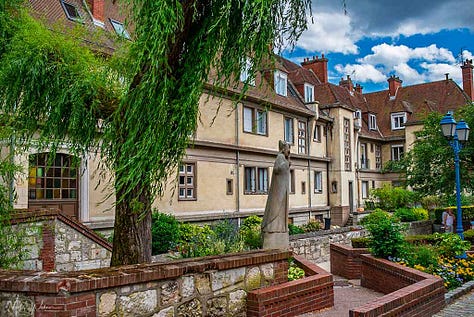
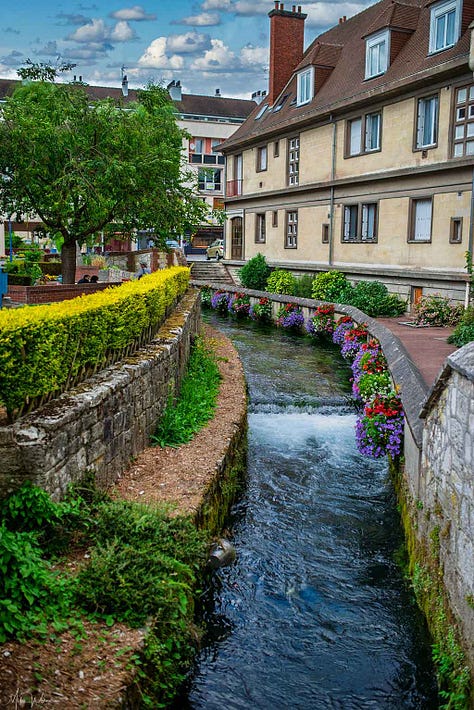
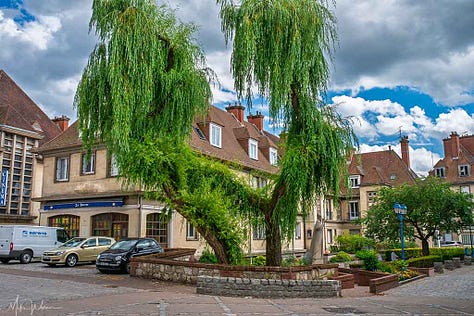
Despite suffering from war and revolution over the centuries, the town preserved a number of 15th- and 16th-century timber-framed houses and civic buildings, attesting to its long-standing role as a local center of wealth and culture. In the 19th and early 20th centuries, Caudebec attracted artists and travelers, thanks to the serene beauty of the Seine valley. It became part of the romantic and impressionist landscape of Normandy, admired for its light, its views, and its tranquil charm.
The Abbaye Saint-Wandrille de Fontenelle, located in the commune of Rives-en-Seine in Normandy, France, is a Benedictine monastery founded in 649.
Click here to read more about this Abbey. You can subscribe to our free newsletter and receive updates directly in your inbox.
Modern infrastructure, such as the Pont de Brotonne completed in 1977, reinforced the town’s connection with both riverbanks, replacing the ferry that once defined local transport.
The town is an important port of call for river cruise ships traveling along the Seine.
The town’s identity, while now part of Rives-en-Seine, remains deeply rooted in its medieval and religious past, including the lesser-known but real historical presence of the Templars. Today, Caudebec's story is preserved and interpreted through places like the Muséoseine, which explores the river’s role in shaping local history.




